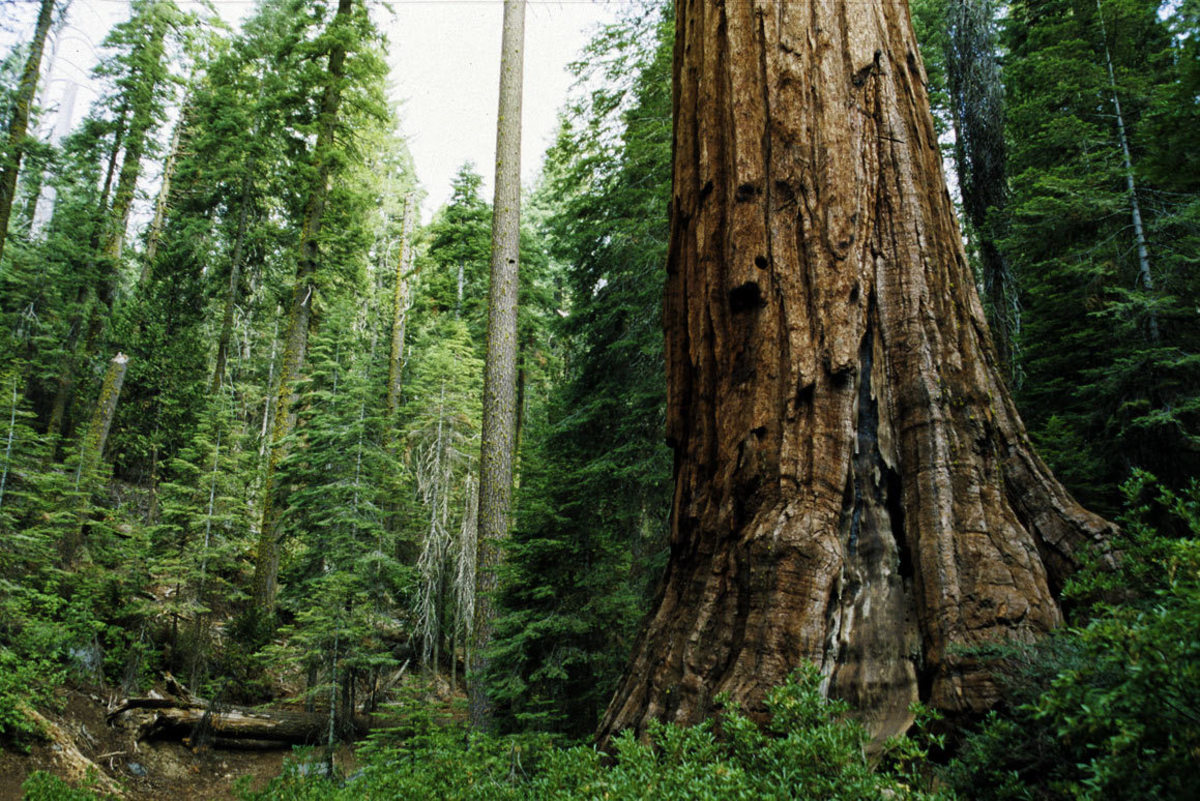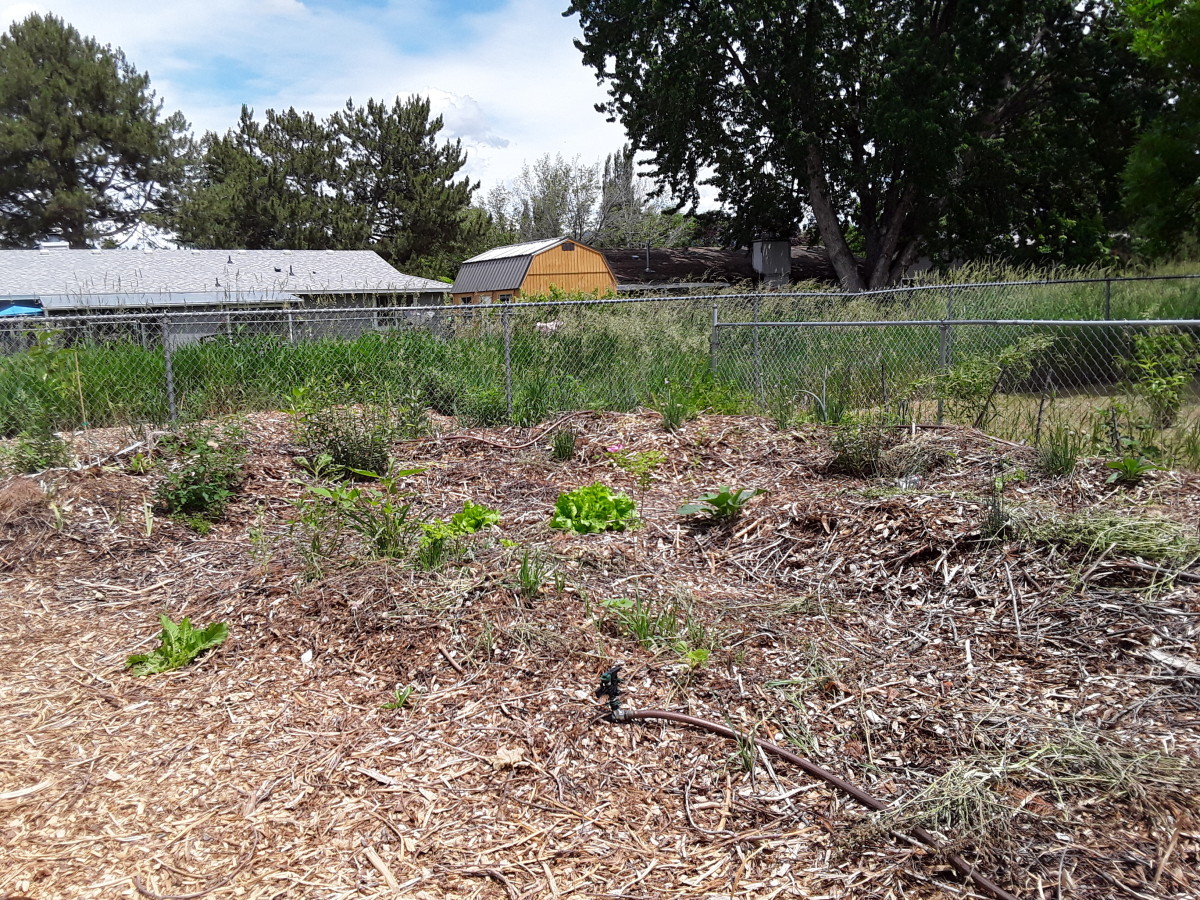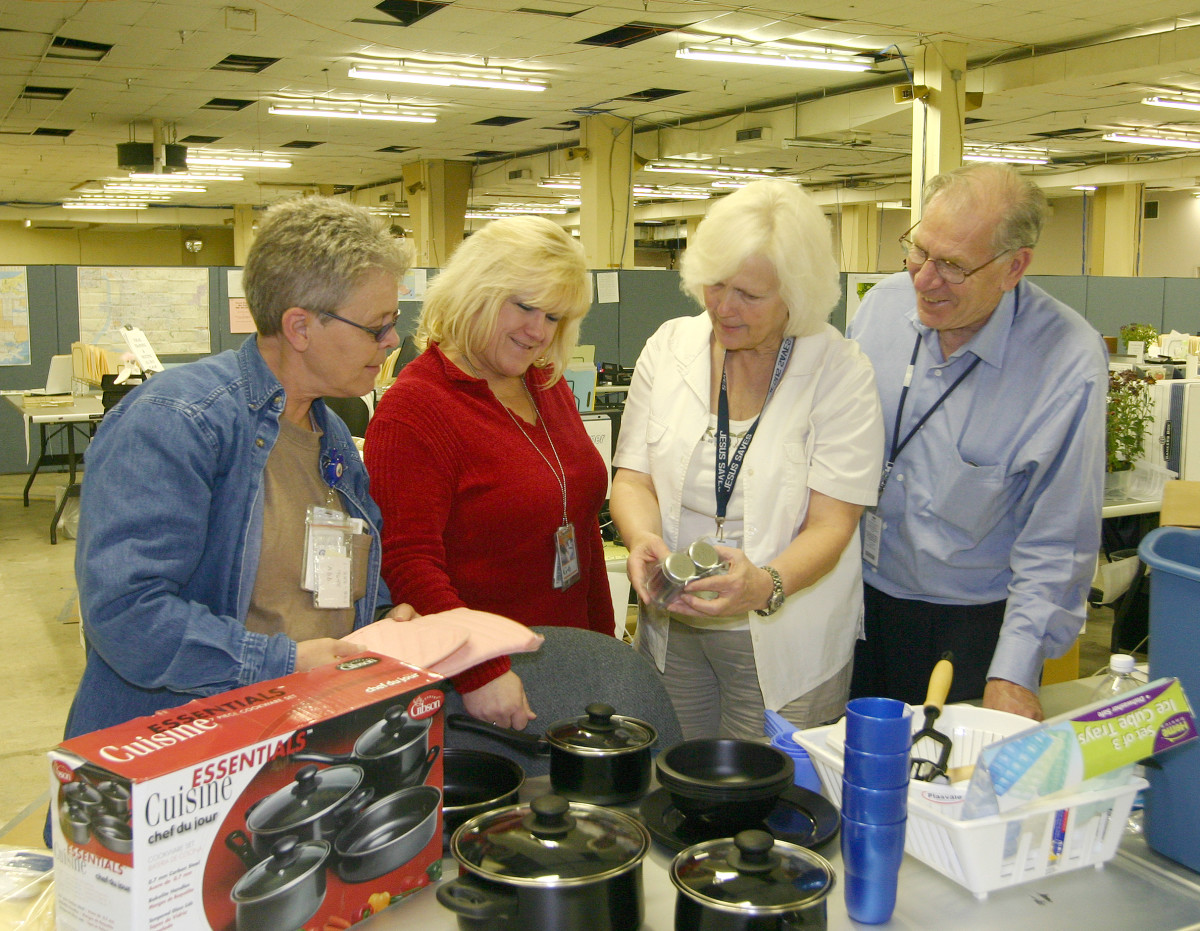Food Forests: Feeding the body and the soul
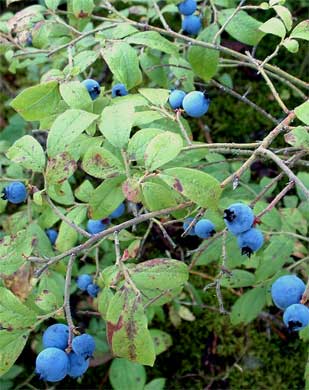
The area I live in has many wild fruits and vegetables growing all over the lower mainland. Blackberries, salmonberries, wild strawberries and many other edibles abound (or used to) for anyone who wants to take the time and effort to pick them. There are still some wild berries available; but, you have to know where they are now.
When I was a youngster, my father used to pack my mother, all 3 children and Simba (the wonder chihuahua - constant friend, companion and protector) into the car; and off we would go to Richmond to pick wild blueberries. I loved to pick blueberries. Richmond was all bog back then; and, the blueberries grew wildly and abundantly. It was fun to walk in the Richmond berry fields because the land sunk about 1/2" under your feet as you walked due to all the peat underfoot. For a child, this was great fun. I didn't realize it then; but, the peat was what gave these blueberries their distinctive taste.
Somehow, the blueberries managed to grow without benefit of weeding, insecticides, herbicides, fungicides, fertilizers, watering or any interference from mankind whatsoever. No wonder they were the best tasting blueberries I have ever eaten in my life.
Eventually, money talked and the government sold out to the land developers and big box outlet stores. Richmond has since been developed and there are now housing developments where my beloved blueberry bushes used to grow.
However, there is a certain satisfaction to be had if you have a perverse sense of humour. With all that peat underneath, the next big tidal wave or tsunami and we shall all be waving good-bye to Richmond as it drifts off into the Pacific Ocean. Knowing us; however, if it doesn't drift too far, we will build a bridge to it and rename it Richmond Island.
A Food Forest Garden
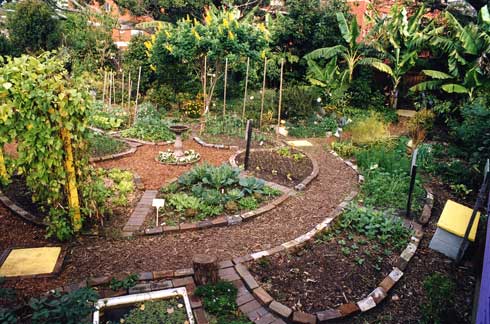
What is a Food Forest...exactly?
A Food Forest is very similar to every other type of forest in the world. It is an abundance of plant life living in harmony with nature without the interference - I mean, help - of man. They are perennial and self-sustaining. Mother Nature is the sole gardener.
In these forests are planted an array of edible food products which are available to anyone wishing to forage for them. The types of edibles available in any given Food Forest depends on the taste and vision of those creating it.
Most will contain plants like fruit trees: apple, cherry, pear, peach, etc; berry bushes: blueberries, loganberries, tayberries, goji berries, etc; vines: blackberries, grapes, kiwi, passion fruit; not to mention, local offerings. There may be community herb gardens - both culinary and medicinal or crown veggies such as rhubarb and asparagus. There may be more traditional vegestables planted - like carrots, peas, beans and others - depending on the type of money available to the caretakers. Many of the workers are volunteers and/or seasoned foragers who give back to the Forest or Garden they frequent.
A Forest or Garden may or may not have extras such as paths, benches, water features for wildlife, educational signs regarding the planted offerings, wind chimes or anything else a creative gardener can imagine.
The concept of a food forest certainly pushes the envelope on urban agriculture and is grounded in the concept of permaculture.
Permaculture is a branch of ecological design and ecological engineering which develops sustainable human settlements and self-maintained agricultural systems modeled from natural ecosystems. It is also a form of systems theory.
The core tenets of permaculture are:
- Care of the Earth: Provision for all life systems to continue and multiply.
- Care of People: Provision for people to access those resources necessary for their existence.
- Setting Limits to Population and Consumption: By governing our own needs, we can set resources aside to further the above principles.
As the next video demonstrates, a Food Forest or Food Garden can be established anywhere. All it takes is one person to see the need and take action. People like Ron Finley and his Food Garden next to a busy Los Angeles road.
Food Forest Grown Beside Sidewalk in Los Angeles
Are Food Forests a New Concept?
Food Forests are by no means a new idea or concept. Forest Gardens are probably the world's oldest form of land use and most resilient agroecosystem. In fact, many consider the Garden of Eden to be the first Food Forest created.
Scientists tell us that these forests originated in prehistoric times. These edible plants were located along jungle-clad river banks and in the wet foothills of monsoon regions. In an effort to improve their lives, families cultivated plants which were useful to them. These plants provided food and/or could be made into materials essential to their lives like twine, supports for their huts, roofs to keep out the elements; and, any number of items needed on a daily basis.
Forest gardens are still common in the tropics and other undeveloped countries. They are known by many names; but, all are a significant source of food security and income for local populations.
2,000 Year-Old Food Forest
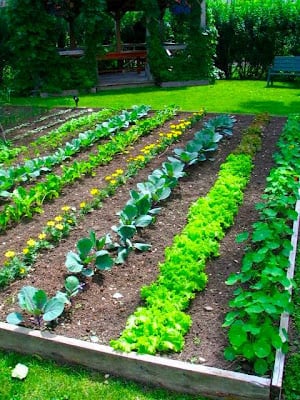
Starting a Food Forest Movement in Your Area
When most people think of a food garden, they envision a privately-owned plot of land turned over to the production of fruits and vegetables. These gardens always look well-maintained with green, leafy vegetables growing in wild abundance; and, no admittance to the public.
The Forests and Gardens I am referring to are born of necessity. The neighbourhood is in recession, people are hungry, men (and women) are unemployed, morale is low...what to do?
As Ron Finley has already proved, any piece of unused land can become a Neighbourhood Food Garden. Ron took over the median between his property and the sidewalk located next to a very busy Los Angeles road. Not only did Ron do an excellent job creating his garden, he also cultivated dividends he couldn't have imagined. Through his Garden Ron has made new friends, suspicion between people in his neighbourhood has decreased; and, trust between neighbours has increased. In fact, it is such an oasis of calm in a stressed-out world that some people come to his Garden just to sit, look and breathe.
The world needs more Food Forests; but, how can this be accomplished. It happens every time someone sees a need and steps in to fill it.
Is there an unsightly, unused lot in your neighbourhood? Either practise guerrilla gardening and plant; or, approach city officials for permission. Many groups have successfully taken over vacant land without any problems from government officials. This is because the Gardens are much more attractive than the weed-plagued grasses that used to grow there; the lot is beautified; the neighbourhood is benefited; and, the government agencies don't have to spend a penny.
Find local groups that believe in the benefits of Food Forests and squeeze them for all the information and help they can offer. Any abandoned space can become a Food Garden.
Encourage your city to act. Seattle is putting in the largest urban Food Forest on public land to date. It will be located in the middle of Beacon Hill - a working-class neighbourhood in the middle of Seattle. The Food Forest is named the Beacon Food Forest. If Seattle can put a Forest in the middle of the city, why not others?
Approach your local politicians, letting them know your vote and others like yours will go the candidate who believes in simple solutions that benefit the people.
Write letters, make it a topic of conversation occasionally, email...whatever takes your fancy. Writing a hub took mine.



